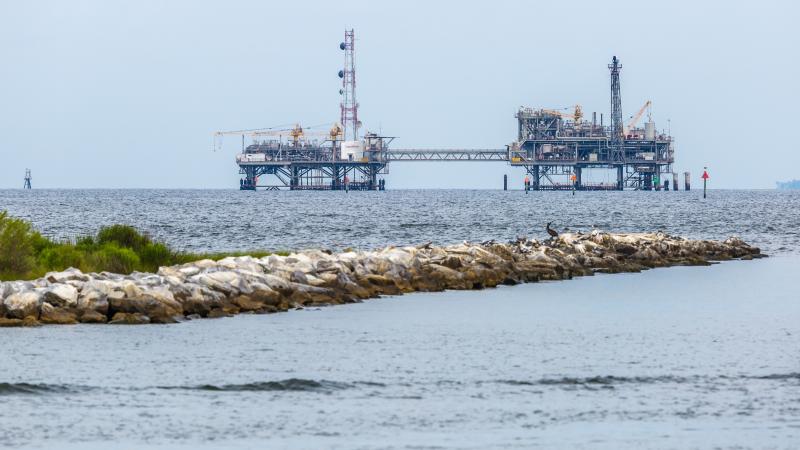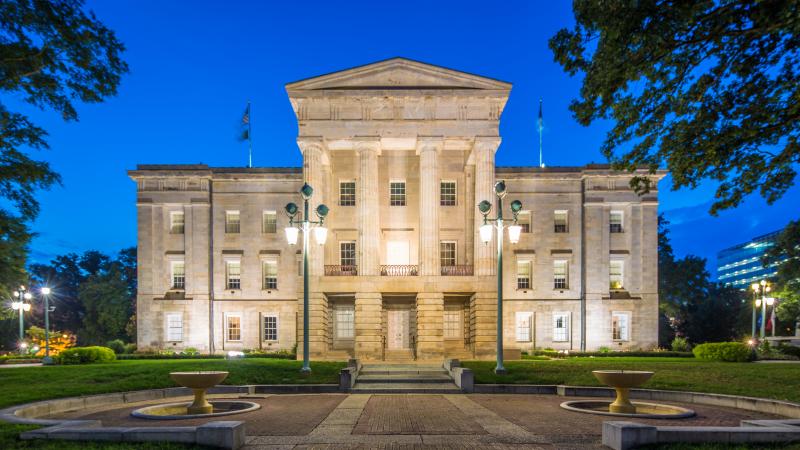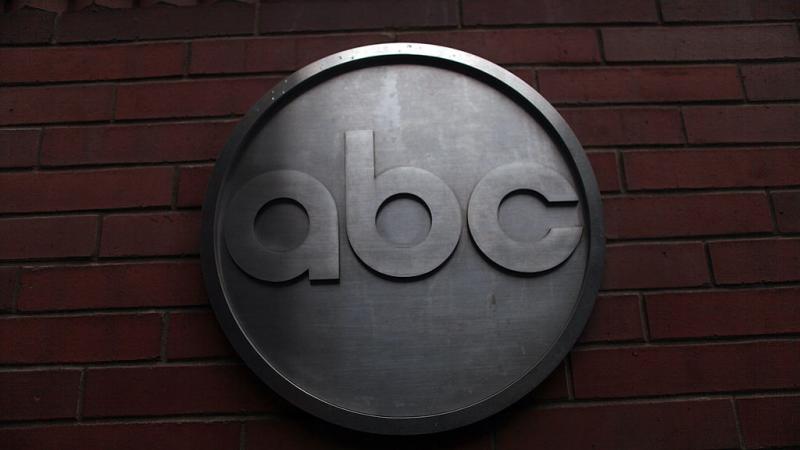100 GW of new power projects await connection for MISO
Of the 36 GW sitting in MISO’s queue for their South region, 20 GW is generated from solar.
(The Center Square) -
(The Center Square) − According to the latest data from the Midcontinent Independent System Operator, there is currently 100 gigawatts of electricity generation awaiting connection approval across its footprint — including 36 gigawatts in the South region alone, which includes Louisiana.
Of the 36 GW sitting in MISO’s queue for their South region, 20 GW is generated from solar.
The grid operator’s latest resource adequacy report warns that at least 3.1 gigawatts of new capacity will be needed beyond what’s already committed to meet reliability targets in the next several years. Without it, the risks of outages during extreme weather or peak demand events will grow.
“MISO’s projected capacity shortfall is meaningful, but there are a ton of tools to fix the problem,” said Casey Baker, a senior program manager at GridLab. “For context, 3.1 gigawatts is only about 2–3% of MISO’s total peak load. It’s significant in the energy world, but not unprecedented.”
Baker pointed out that other grid operators face even steeper challenges.
“ERCOT (Electric Reliability Council of Texas), for example, is forecasting a 75% increase in peak load by 2035 — that’s an increase of roughly 65 gigawatts. MISO is in good shape.”
MISO is facing mounting pressure to expand its electricity capacity as demand surges across its 15-state footprint, including Louisiana.
Rapid growth in energy-intensive industries, data centers, and electric vehicle adoption has accelerated the need for new power resources, with MISO warning that “immediate action” is needed to avoid future capacity shortfalls.
A key driver of this surge is Louisiana’s booming industrial sector. Entergy Louisiana alone has submitted more than $3 billion in grid upgrades to accommodate new facilities, including Meta’s $800 million data center in Richland Parish and Hyundai’s massive new steel plant in Ascension Parish.
In Louisiana, the demand spike could translate into higher costs without sufficient grid upgrades. Entergy Louisiana has forecast several potential rate hikes tied to various projects including the Hyundai facility.
To help manage the load, Entergy has proposed several new transmission lines and substations, as well as a series of demand-response programs aimed at reducing strain during peak hours.
These include smart thermostat incentives, EV charging programs, and large-scale commercial demand response agreements. Entergy estimates these programs could cut demand by 95 megawatts within two years, and up to 155 megawatts in five years.
“While a 100 MW solar plant does not provide 100 MW of resource adequacy benefit, there is a lot of opportunity for MISO utilities to rapidly expand their generation portfolios and meet this growing need,” GridLab’s Casey Baker told The Center Square.
And the pace of connecting new generation remains a hurdle.
While gas generation is one potential solution, supply chain constraints mean that few gas projects in MISO’s queue are likely to come online before 2030. Of the 18 gigawatts of gas submitted in the latest queue window, none have even begun the required grid impact studies.
Meanwhile, energy storage presents one of the most promising short-term solutions. Another 3 gigawatts of energy storage sits in MISO’s Surplus Interconnection Queue, a separate fast-track process that allows projects to connect within 12 to 18 months — far quicker than the typical multi-year process for new generation.
Energy storage refers to technologies—most commonly large-scale batteries—that can store electricity when supply is high and release it when demand is high or when other power sources aren’t available.
To visualize the space needed for batteries, Baker mentions a Florida project that fits 400 megawatts of storage on 40 acres. Expanding that to 4 gigawatts for MISO would need about 800 acres total — spread across the entire region.
Alternatively, a single high-voltage transmission project, such as the proposed Grain Belt Express, could deliver 5 gigawatts of power from other regions — enough to address the projected shortfall outright. However, MISO currently lacks a formal process to accredit transmission lines as a capacity resource, though that is under development, according to Baker.













